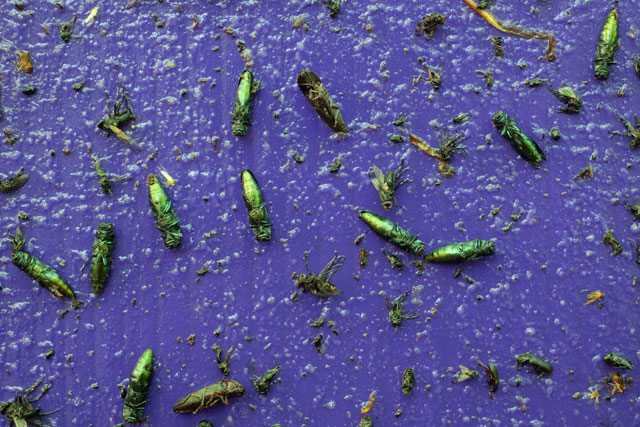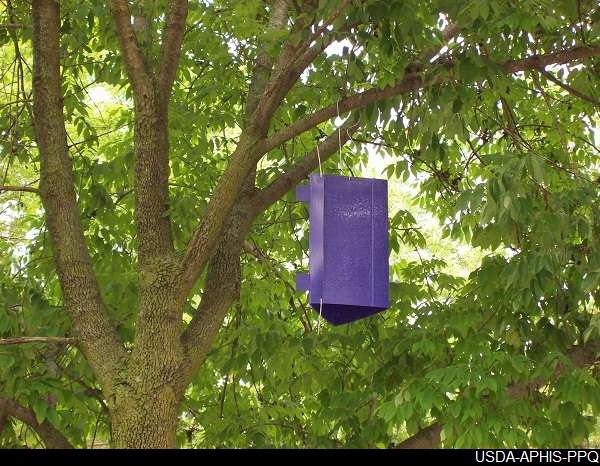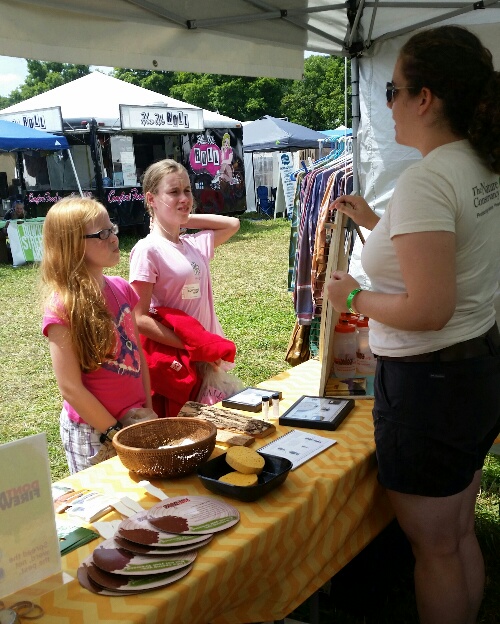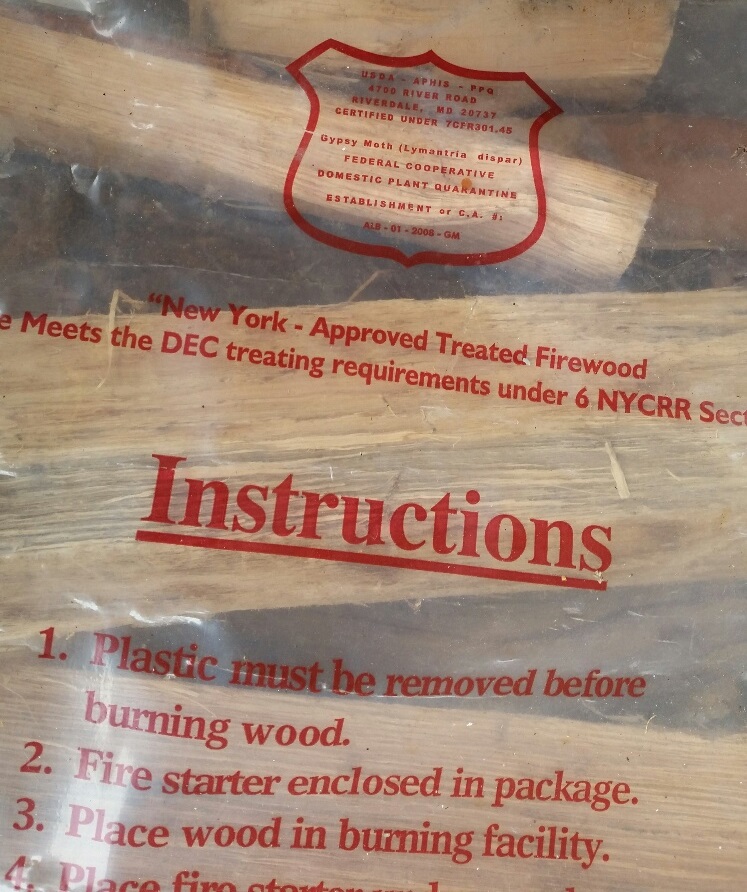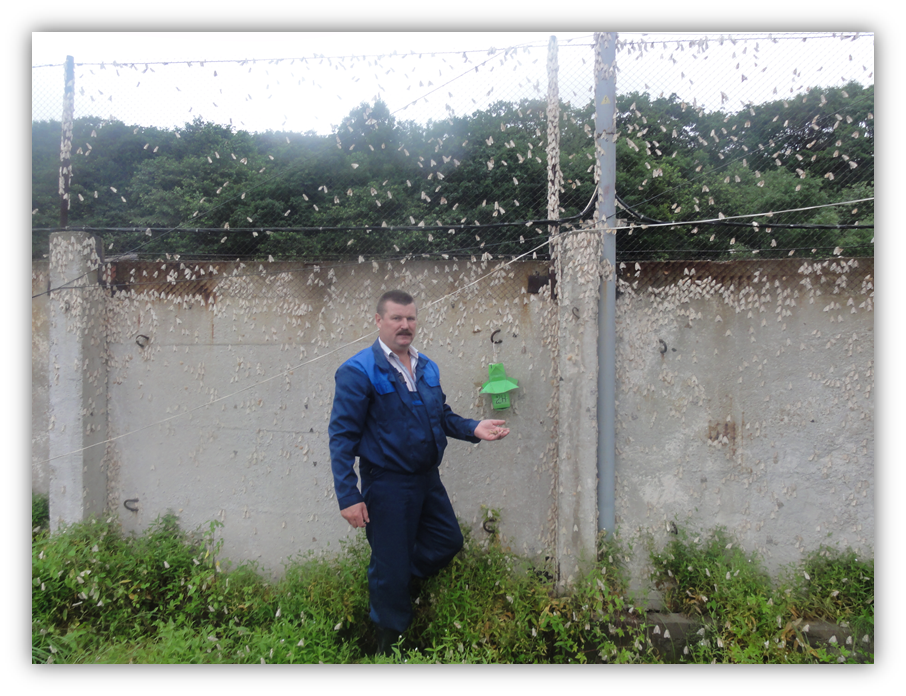Millions of people will visit a National Park this summer, so we here at Don't Move Firewood have investigated the current firewood recommendations, restrictions, and regulations for some of the most visited parks. Keeping in mind that the National Park guidance document, Reducing ecological risks associated with pests in firewood: Guidance for park managers, was only published in June 2014, it is completely understandable that the different parks would still have very different policies in place.
In alphabetical order, here are eight of the most visited parks that have firewood policies, plus a bonus park at the end!
1. Acadia National Park
Acadia National Park Camping Regulations Page: "Firewood brought in from other areas may contain non-native insect species that pose a serious threat to Acadia National Park's resources. Quarantines have been issued for some areas. Please leave your firewood at home. Firewood is available locally near both Blackwoods and Seawall Campgrounds. For more information, see the pest alert (PDF-188KB) produced by the National Park Service."
2. Cuyahoga Valley National Park
Cuyahoga Valley National Park has firewood policies in place, but regrettably we were unable to find a single official park webpage that summarized them.
– "Firewood is provided; you may not bring additional firewood/kindling into the park" from Reserve America, Know Before You Go Section.
– "If you are renting a park shelter, firewood will be provided for you—do not bring your own." Emerald ash borer educational handout for Cuyahoga Valley National Park.
– "Use firewood that is provided in the storage shed. Do not gather wood within the park." Camping Regulations handout from Conservancy for Cuyahoga Valley National Park
3. Great Smoky Mountains National Park (updated for 2015)
Great Smoky Mountains National Park Firewood Alert: "Beginning in March 2015, only heat-treated firewood that is bundled and displays a certification stamp by the USDA or a state department of agriculture will be allowed for use in (Great Smoky Mountains National Park) campgrounds. Campers may also collect dead and down wood found in the park for campfires. Certified heat-treated firewood is packaged and clearly marked with a state or federal seal. Heat-treated wood is available from a growing list of private businesses in communities around the park."
4. Mount Rainier National Park
Mount Rainier National Park Buy It Where You Burn It Page: "Buy firewood near where you will burn it- that means the wood was cut within 50 miles of where you'll have your fire."
5. Ozark National Scenic Riverway
Ozark National Scenic Riverway Don’t Move Firewood Page: "Get your firewood from a seller close to your destination. Don't pack your own firewood for use at your campsite or cabin."
6. Rocky Mountain National Park
Rocky Mountain National Park Campgrounds Page: "Campers are encouraged to purchase firewood in the area where they are camping. Out-of-state firewood is discouraged as it may hold harmful insects which could spread in our neighborhood."
7. Shenandoah National Park
Shenandoah National Park Firewood Ban Page: "Visitors to Shenandoah National Park may not bring firewood or wood scraps. Visitors must gather or purchase firewood within the park."
Additional informational from Reserve America, Know before You Go Section for Shenandoah National Park:
"LEAVE YOUR FIREWOOD AT HOME!! One of the most important things we can do to protect Virginia's trees and forest diversity is stop moving firewood. New infestations of tree-killing insects and diseases are often first found in campgrounds and parks. Why? Because people have accidently spread invasive species when they brought firewood along with them. In Virginia, there are numerous counties under quarantines, issued by the Virginia Department of Agriculture and Consumer Services, due to an invasive insect pest or disease. These quarantines restrict the movement of firewood or wood by products from certain tree species. Moving firewood in violation of a quarantine is a class 1 misdemeanor and upon conviction, you could be subject to; confinement in jail for up to twelve months and a fine of $2,500.00 or both … PLAY IT SAFE – LEAVE YOUR FIREWOOD AT HOME!!"
8. Yosemite National Park
Yosemite National Park Campground Regulations: "We discourage visitors from bringing firewood from more than 50 miles away to prevent spread of forest pests. You can purchase firewood at stores near most campgrounds."
BONUS PARK- Sleeping Bear Dunes National Lakeshore
Sleeping Bear Dunes National Lakeshore Firewood in the Lakeshore page: "The Lakeshore has a new firewood policy that will allow campers the warmth of their fires and help prevent and slow the spread of forest pests and diseases. According to the firewood policy, campers may use only firewood acquired from vendors approved by the National Lakeshore and not bring firewood from home. Bringing firewood into the park from anywhere else can rapidly spread destructive pests such as hemlock woolly adelgid, beech bark disease, Asian longhorn beetle, and oak wilt; as it did the emerald ash borer."
Why did we include Sleeping Bear Dunes National Lakeshore? It isn't among the most visited parks, but it does have excellent policies in place to slow the spread of firewood vectored pests, so it is an official Honorable Mention in our National Parks list!
